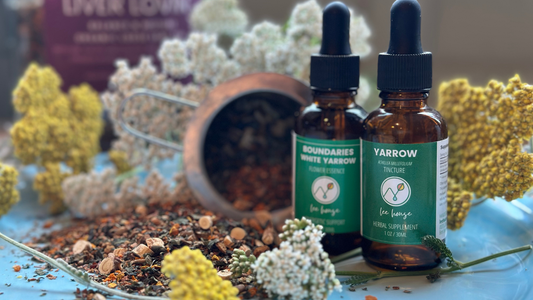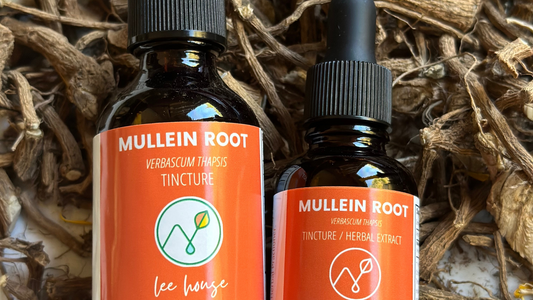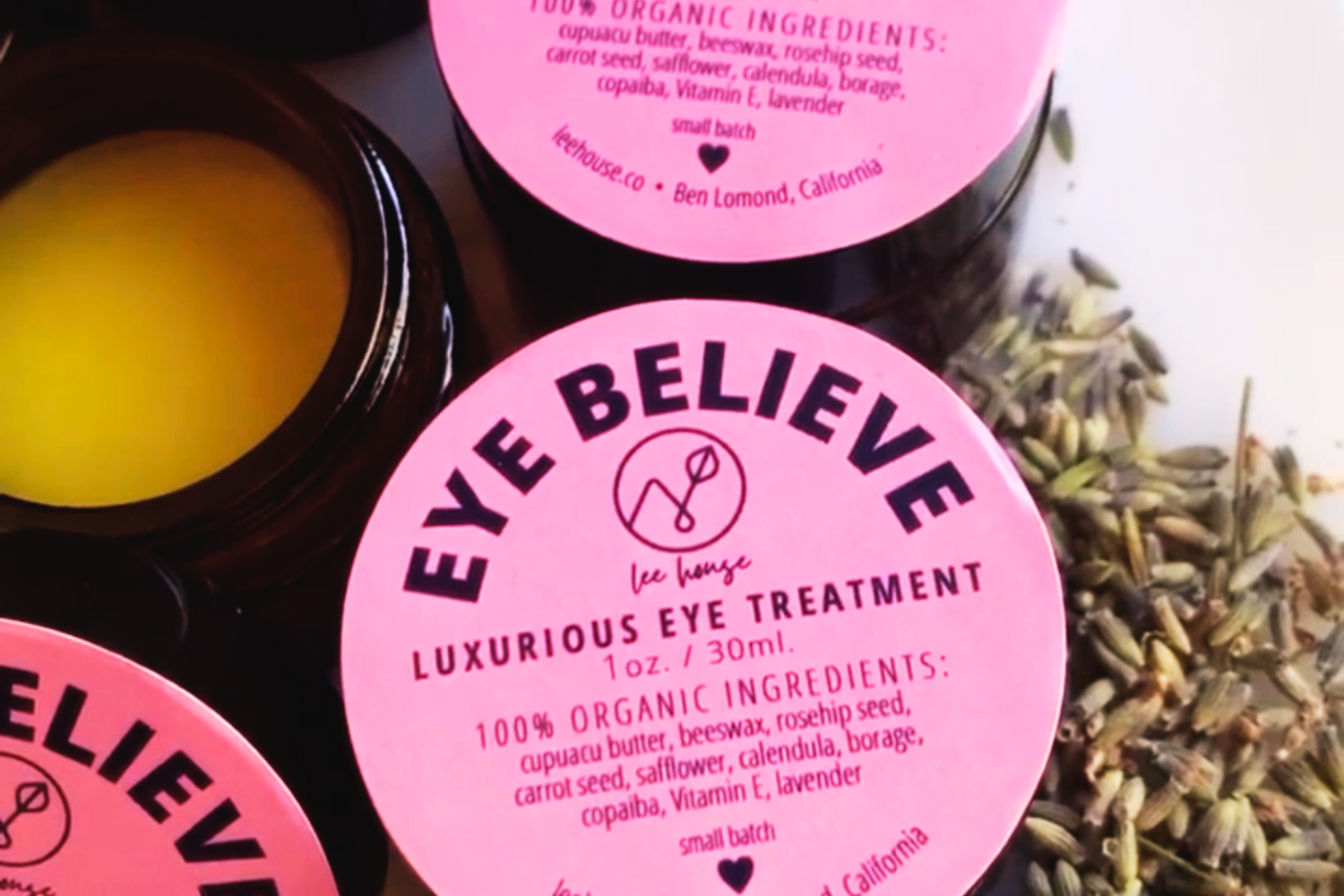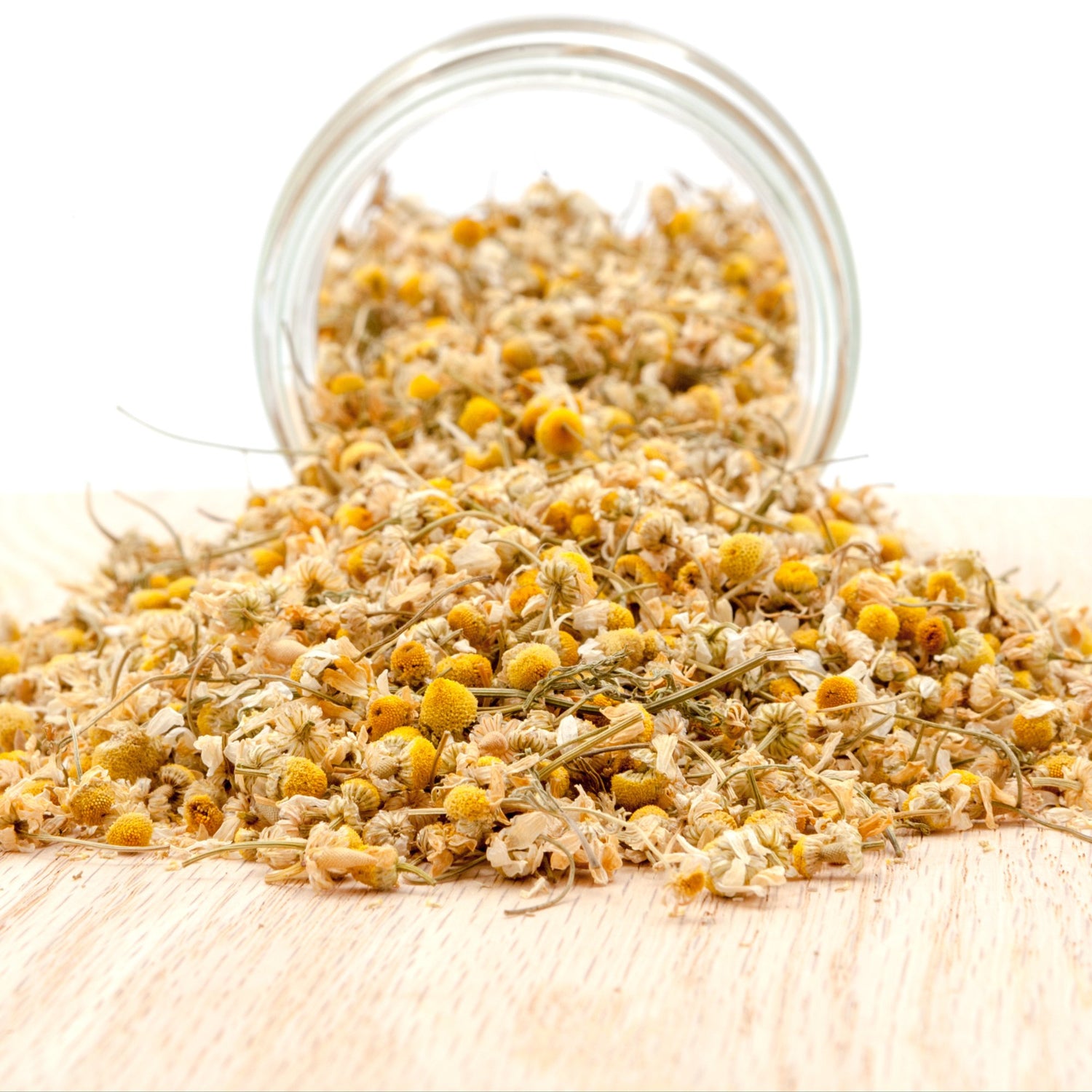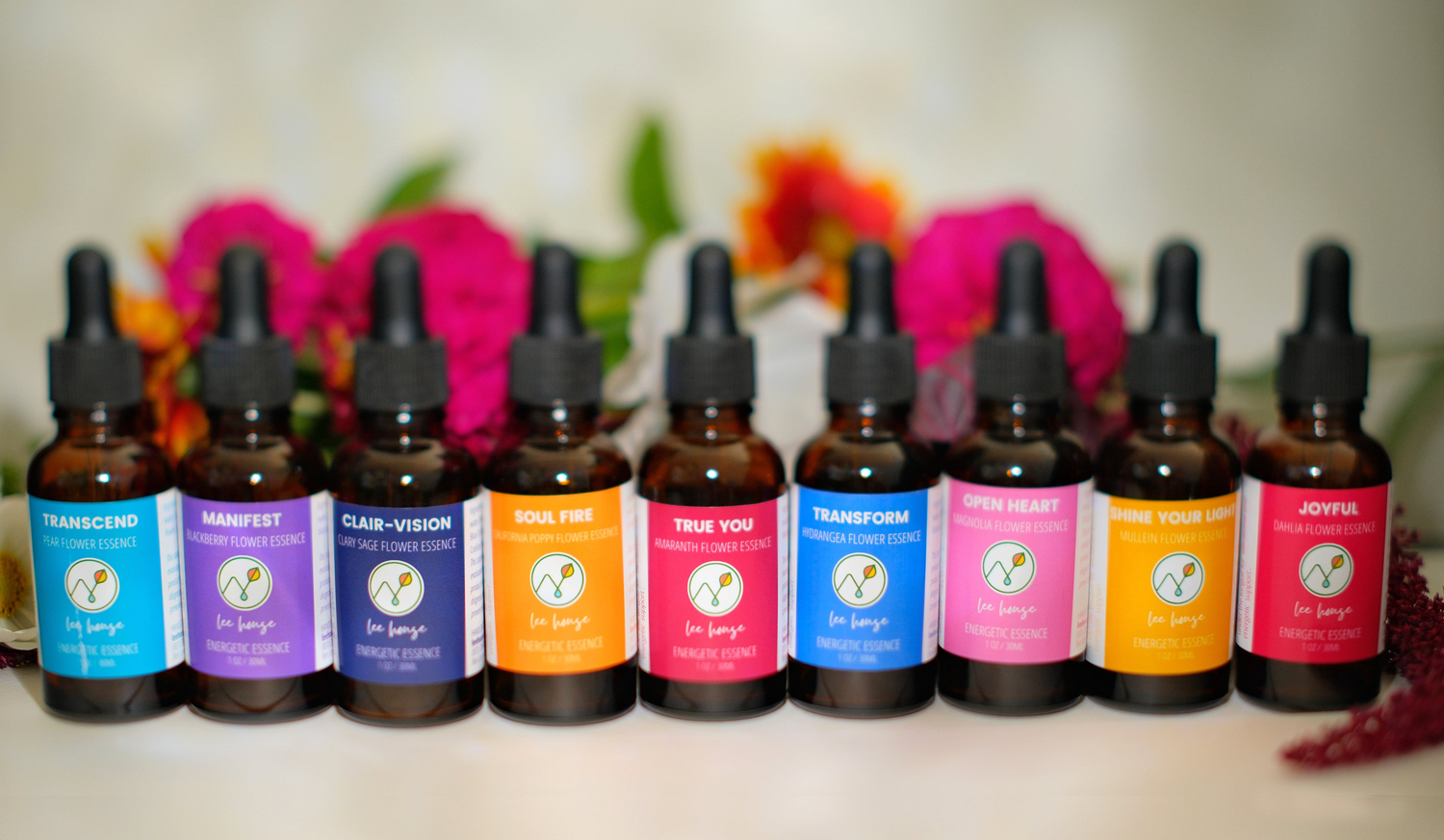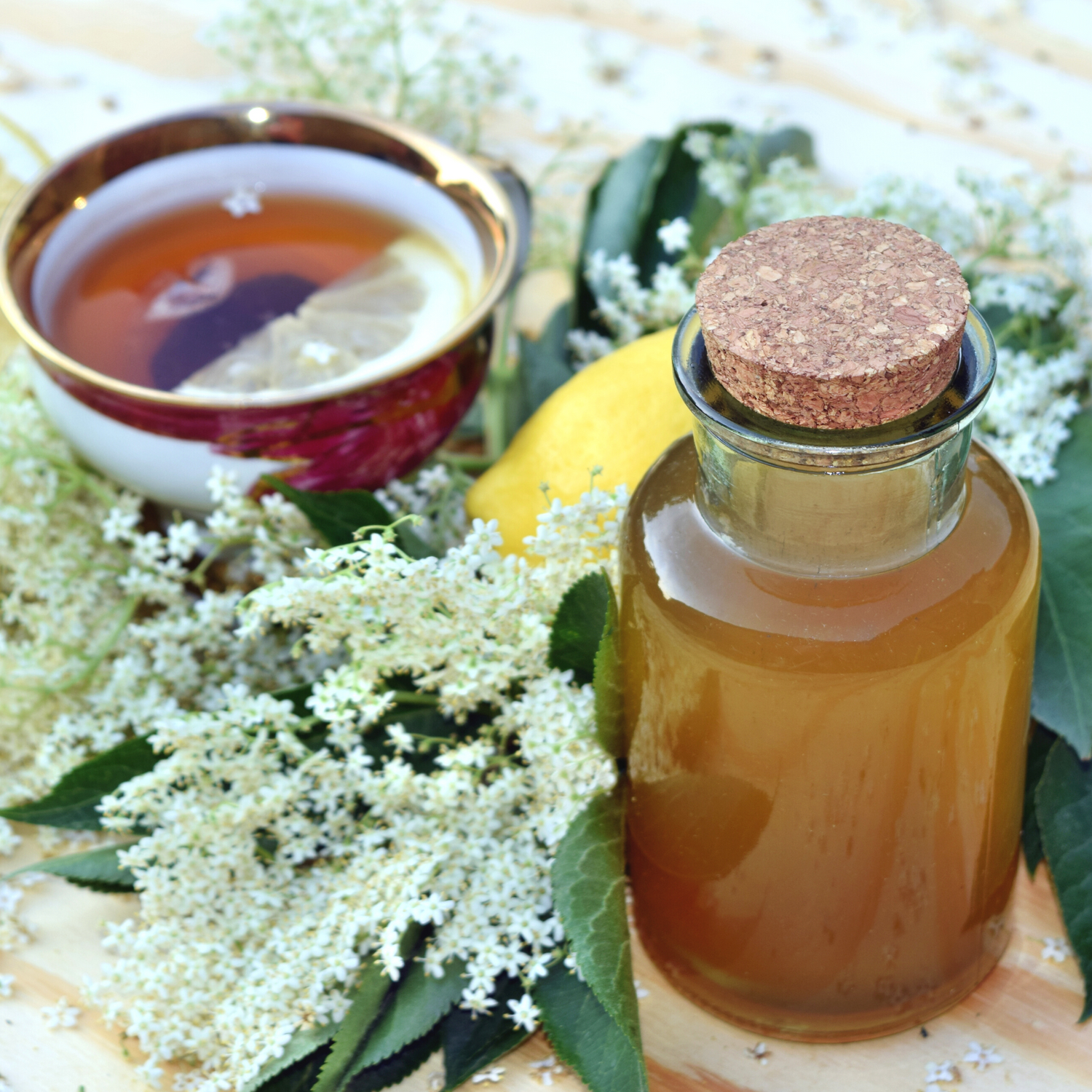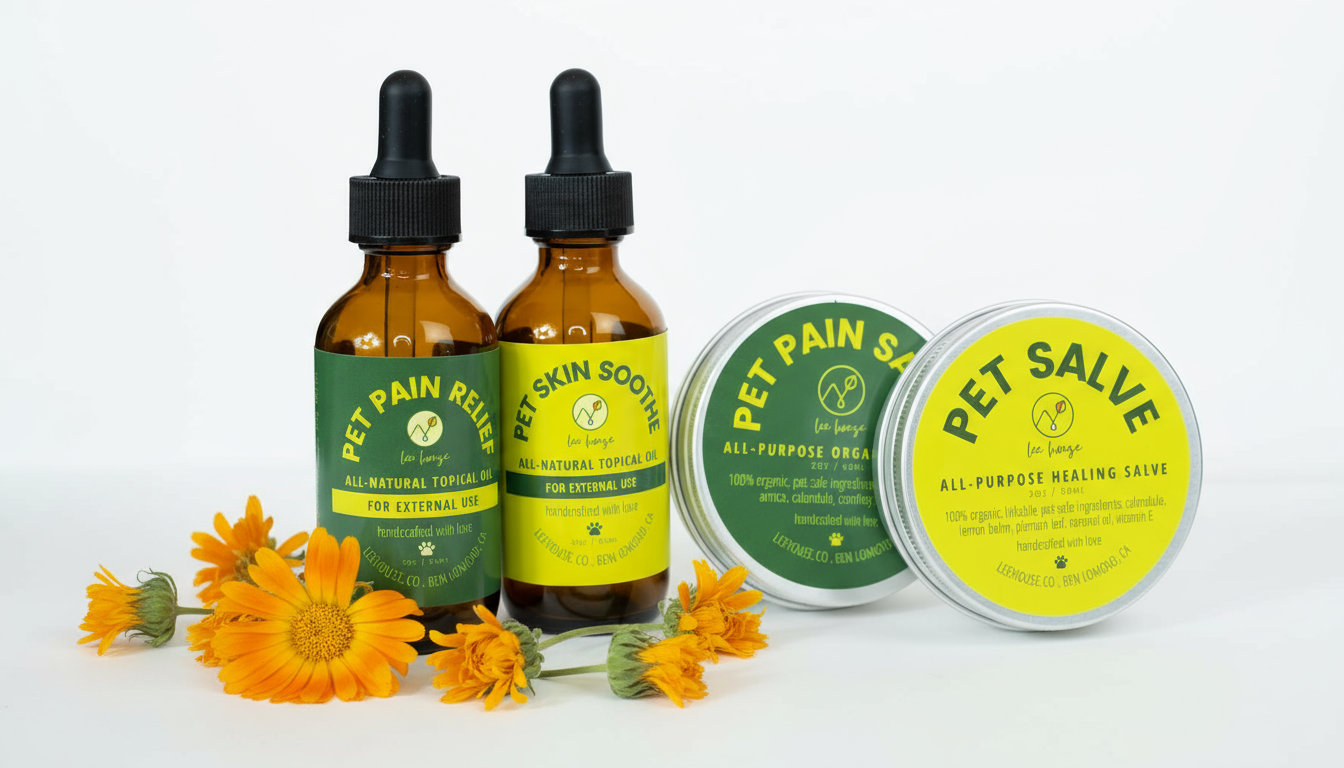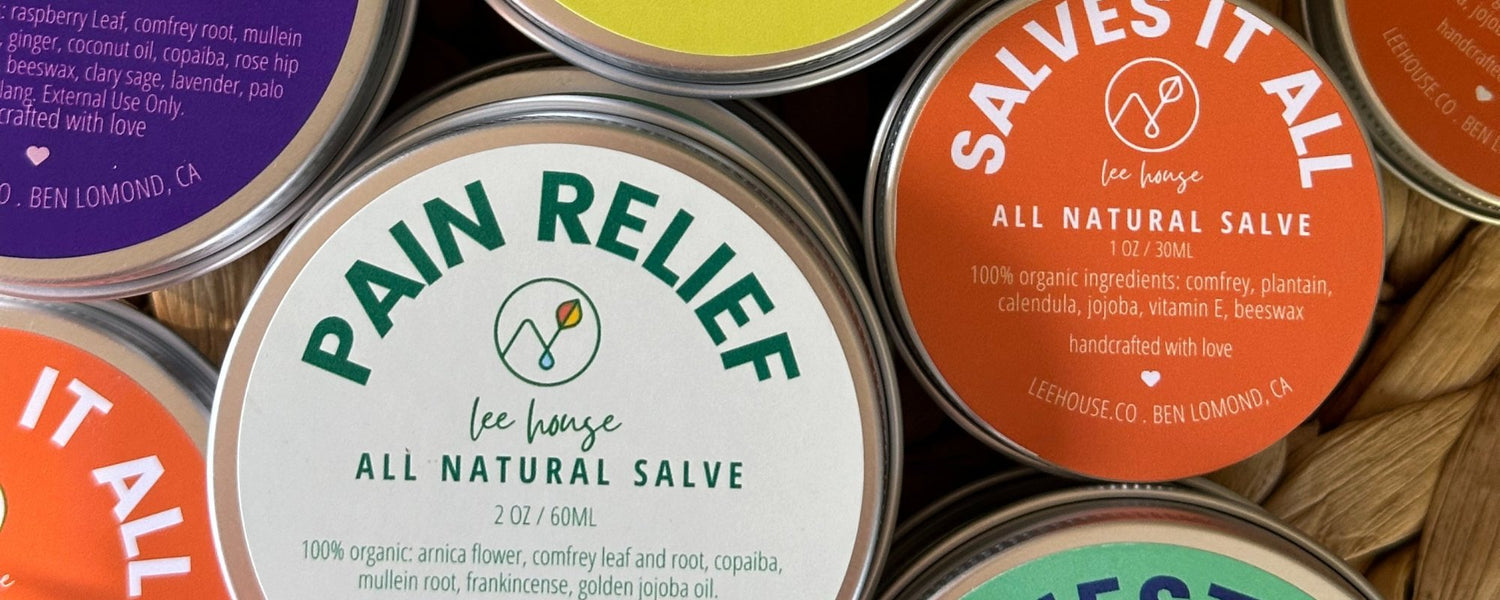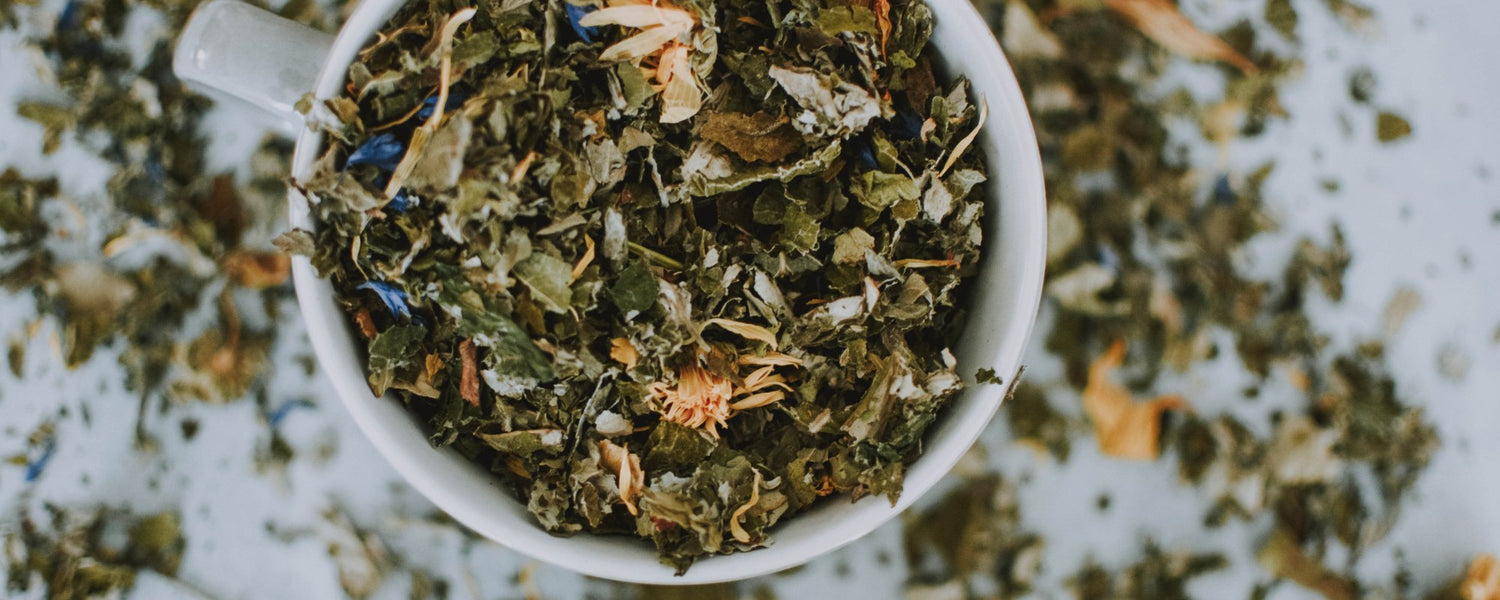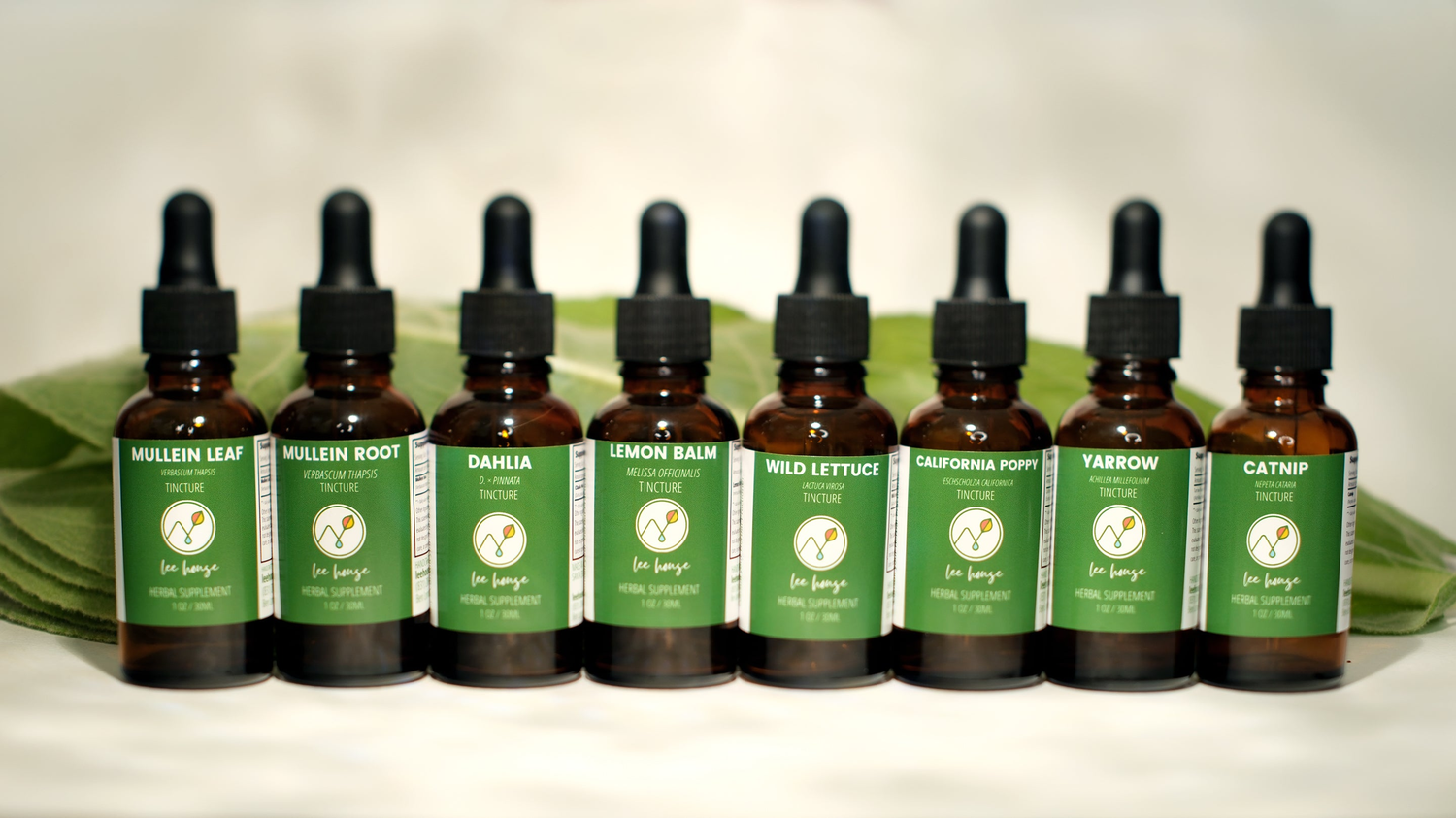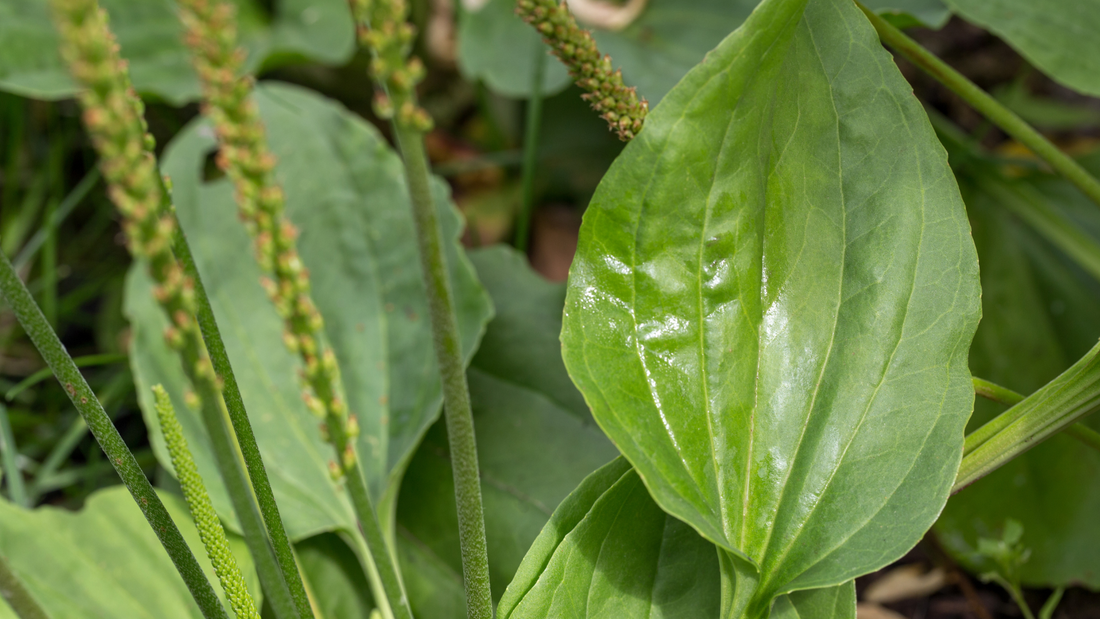
Broadleaf Plantain (Plantago major) Growing Guide
Share
Are you ready to dive into the world of Broadleaf Plantain (Plantago major)? It's our humble opinion that Plantago should be in every garden due it's powerful on-the-spot healing properties - yet sadly most folks see Plantain as a weed that must be eradicated. So not true!
Plantain is a superstar when it comes to soothing and healing properties. It's like a natural first aid kit, offering relief for skin irritations, insect bites, and wounds. Countless occasions I've plucked a plantain leaf, chewed on it a bit, and spit the mushy leaves onto scratches, bites, splinters, and even wasp stings while working in the garden - Plantain juices draw out foreign bodies and toxins (including nasty wasp venom) and provide fast relief.
But that's not all! Plantain is a multi-functional plant that fits perfectly into regenerative gardening practices. Plantain acts as a dynamic accumulator, meaning it has the ability to draw up nutrients from deep within the soil and make them available to nearby plants. This makes it an excellent companion plant for trees, helping them access nutrients that may otherwise be out of reach.
Additionally, the broad leaves of Plantain create a dense ground cover, which helps suppress weeds and prevent moisture loss from the soil. By acting as a living mulch, it conserves moisture for the tree and surrounding plants, reducing the need for excessive watering.
So what are you waiting for? Let's grow plantian!
Growing Facts
- Soil pH: Slightly acidic to neutral soil pH range of 6.0-7.0.
- Sunlight: Full sun to partial shade. It can tolerate both direct sunlight and light shade.
- Frost Tolerance: Fairly tolerant of light frost and can withstand cooler temperatures.
- Soil Requirements: Adapts to a wide range of soil conditions, including clay, loam, and sandy soils. It prefers well-draining soil but can tolerate some moisture.
- Spacing: When planting Broadleaf Plantain, space the plants about 6-12 inches apart to allow room for growth and airflow.
- Mature height: Broadleaf Plantain typically grows to a height of 6-12 inches, although it can reach up to 18 inches under ideal conditions.

How to Transplant Broadleaf Plantain: Broadleaf Plantain can be grown from seeds or transplanted from existing plants. Choose a location with well-draining soil and full to partial sun exposure. Dig a hole slightly larger than the root ball, place the plant in the hole, and backfill with soil. Water thoroughly and keep the soil moist until the plant establishes itself.
How to Propagate Broadleaf Plantain: Broadleaf Plantain can be easily propagated by collecting and sowing its seeds. Allow the seed heads to dry on the plant, then collect the seeds and store them in a cool, dry place. In early spring, sow the seeds directly in the garden soil or in seed-starting trays. Cover lightly with soil and keep the soil consistently moist. The seeds will germinate within a couple of weeks.
How to Harvest Broadleaf Plantain: Broadleaf Plantain leaves can be harvested as needed throughout the growing season. Select young and vibrant leaves for optimal flavor and medicinal properties. To harvest, simply pluck the leaves close to the base of the plant. It's best to harvest in the morning when the leaves are at their freshest. Remember to leave a few leaves on the plant to sustain its growth.

How to Use Broadleaf Plantain: Broadleaf Plantain leaves can be used fresh or dried for various applications.
For skin irritations and insect bites, crush the fresh leaves and apply the juice or a poultice directly to the affected area.
To make a soothing tea, dry the leaves in a well-ventilated area until crisp, then steep a teaspoon of dried leaves in a cup of hot water for 5-10 minutes. Strain and drink the tea.
The fresh leaves can also be added to salads, sautéed with other vegetables, or incorporated into soups and stews. For a crunchy and healthy snack, thinly slice Plantain leaves, toss them in a little olive oil, and bake them in the oven until crispy. Season with salt, pepper, or your favorite herbs and spices for a tasty alternative to store-bought chips. Yum!
Plantain seeds can also be used as a substitute for flax seed and has similar health and culinary uses as flax, such as in baking, smoothies, and as a thickening agent.
Precautions for Growing or Use: Broadleaf Plantain is generally safe for most individuals. However, if you have known allergies to plants in the Plantaginaceae family, it's advisable to avoid using or growing Broadleaf Plantain. When harvesting, ensure that the plant is free from pesticides or other contaminants. If you have any pre-existing medical conditions or are taking medications, consult with a healthcare professional before using Broadleaf Plantain for medicinal purposes.
Growing Broadleaf Plantain provides you with a versatile herb that offers numerous medicinal and culinary benefits. By following the simple guidelines for transplantation, propagation, harvesting, and usage, you can enjoy the soothing and healing properties of this remarkable plant.

